Inside The Industry: A Visit At Denza, Daimler's EV Joint Venture With BYD

At the Shanghai Auto Show, which opens to the public on April 21, and to tens of thousands of alleged members of the media the day before, the child of one of the auto industry’s oddest couples will be shown – at least in prototype form. It is the Denza EV, the product of a mésalliance between the world’s oldest and proudest automaker, Daimler, and a company that entered the annals of contemporary automotive history as the most brazen rip-off artist.
Of course we are talking of BYD, the Shenzhen, China, based maker of half the world’s cellphone batteries and a dwindling number of cars. A while ago, I visited an intrepid team of German engineers, shacked up at BYD, to jointly develop an electric car. They were friendly, hospitable, and as forthcoming as possible under the strange circumstances. For months, I could not bring it over me to put my fellow countrymen and expats in the dim light this story would project. Their job is tough enough. But in the interest of timeliness and journalistic duty, here it goes.
In the hinterlands of Shenzhen, the formerly sleepy fisher village that butts against the border to Hong Kong, and that, converted into a special economic zone in 1980, became the birthplace of unbridled capitalism with Chinese characteristics, lies Pingshan, the home of BYD. East of it is Foxconn, the company that makes your iPhone, and to the north, all the way to Guangzhou, the former Canton, are miles after miles of factories that form the world’s biggest consumer of chips and solder. America may have Silicon Valley, Shenzhen has the world’s Silicon Alps. In the midst of these Alps is an oddity, a car factory.
BYD started making cars in 2002. In 2009, it had China’s best-selling car, the F3, a $9,000 Doppelgänger of the 9th generation Corolla. In a story about BYD’s reverse engineering, Ed Niedermeyer said “the BYD F3 is so similar to Toyota’s Corolla that many buyers pay an extra fee to have Toyota badges affixed, making the F3 nearly indistinguishable from the real thing.”
While BYD flooded China with Corolla-copies, true believers in the second coming of the electric vehicle elevated the company to sainthood. BYD promised them what they wanted to hear: EVs with a miraculous range of 300km (186 miles), powered by a likewise phenomenal battery with a recharge-time of only ten minutes at a mind-blowing price of no more than $22,400 – before subsidies. The miracle never materialized.
But another miracle happened. BYD entered a marriage with Daimler. At the 2009 Frankfurt Motor Show, BYD Chairman Wang Chuanfu charmed Daimler’s Zetsche. Rumors that Volkswagen and BMW might also be interested hastened the wedding.
Arno Röhringer is CEO of the Daimler/BYD joint venture that is making the electric vehicle that will be the big breakthrough. Complying with the wishes of the Chinese government that all EVs have a new Chinese brand, the car will be badged as a Denza.
After having worked “beim Daimler” for most of his life, Shenzhen is Röhringers first foreign assignment, and it might be his last. Röhringer plays the specifications of the Denza close to his polo-shirted chest. The car will use the chassis of the Mercedes B-Class, or rather “it is based on the concept of a B-Class” as Röhringer insists, it will hit the market by the end of the year, and it will cost “above 400,000 RMB” ($65,000). The rest is a secret. At least until Saturday.
Instead, we discuss the challenges of a car that satisfies the high standards of a Mercedes engineer, and making it in a factory that isn’t known for its high degree of sophistication.
Asked whether his joint venture partners are capable of producing the consistent stellar quality his employer Daimler has been known for the last 125 years, Herr Röhringer says that he is deeply convinced that they definitely will be, no doubt, up to the task, “once they have internalized the necessary processes.”
“They learn fast,” Röhringer praises his Chinese charges. “When we came here, the work looked a bit, you know, like,” and he fixates a group of surface-mounted electric boxes in the corner of his office. The covers have separated from the boxes, a multicolored mess of wires spills out like entrails from a stuck pig. “Don’t you hate that?” Röhringer asks. “First the damned plug needs a hammer to go into the socket, and when you pull the plug, the socket comes with it.” I nod emphatically. “Their solution is to put a dab of paint over it.” More emphatic nods. Having lived here, I feel the pain.
Shared experiences with Chinese indoor plumbing help illustrate the obstacles a German engineer faces on his mission to impart German know-how on Chinese joint venture partners. The common sink trap is a modern convenience that has not found its way to all parts of China. Bathrooms in multi-million dollar mansions regularly lack the U-shaped schedule 40 PVC pipe that acts as a barrier to the smellier reaches of the plumbing. It also keeps the occasional earring of the missus from going to shit. A sink devoid of the trap means atrocious stink in your bathroom. Withouth the clever trap, you live and most of all breathe the aroma of the bowel movements from all your Chinese friends and neighbors living up and down the drain. Prone to occasional outbreaks of the noro virus and other dysenterious diseases as it is, China really should open up to the amenities of the sink trap, Röhringer and I decide. After sharing tips of how to twist a 4 inch flexible corrugated metal pipe into a field expedient sink trap, and discussing that Chinese houses, once built, last “maybe four or five years,” we go back to the topic of making high quality cars.
“I quickly disassociated myself from the idea of making things here like we make them back in Germany,” says the engineer who has the trademark white hair of the upper technical echelon of German automakers. “If you take a look at the paint booth for instance, you see big differences.” That’s as far as I can lure Röhringer into saying bad things about China.
The engineer with 30 years of experience would have a glorious career as a diplomat. Challenged with the story of BYD Chairman Wang Chuanfu, who bought his first Mercedes only to tell his workers to take it apart, Röhringer says: “So what, we do that all the time.” When I ask whether he’s worried that Mercedes might give away its know-how, only to be flooded with cheap copies, Röhringer says that “all we have to do is keep one step ahead of them.”
If you want to get unfiltered truth, you need to take the ferry between Shenzhen and Hong Kong. Half of Röhringer’s contingent of 100-odd German engineers lives down by the beach in Dameisha. The other half, usually those who brought wives and children, live in Shekou, a part of Shenzhen where there is a German baker, and a Bierhaus, and where expats live in walled compounds with black-clad guards who practice what would be called reverse discrimination in the West: If you are Chinese, you are stopped at the gate. If you are Caucasian, you waltz right through.
The big attraction of Shekou is its high speed ferry that connects with downtown Hong Kong, its shopping, and western-style medical facilities. Your seat neighbor is often German, and from Daimler. If you don’t tell him that you work for the Truthaboutcars, you get the truth. “I don’t think this project will get anywhere,” says a chassis man in the next seat. “There has been repeated talk of calling it off, but I guess we’ll finish it.” Roehringer’s 3 year contract expires in July. When I talked to him, he was hoping it would be extended.
On a recent ferry trip, I heard that a fresh contingent of 3 year contract engineers has arrived. It looks like the odd couple will stay together for a while.

Bertel Schmitt comes back to journalism after taking a 35 year break in advertising and marketing. He ran and owned advertising agencies in Duesseldorf, Germany, and New York City. Volkswagen A.G. was Bertel's most important corporate account. Schmitt's advertising and marketing career touched many corners of the industry with a special focus on automotive products and services. Since 2004, he lives in Japan and China with his wife <a href="http://www.tomokoandbertel.com"> Tomoko </a>. Bertel Schmitt is a founding board member of the <a href="http://www.offshoresuperseries.com"> Offshore Super Series </a>, an American offshore powerboat racing organization. He is co-owner of the racing team Typhoon.
More by Bertel Schmitt
Latest Car Reviews
Read moreLatest Product Reviews
Read moreRecent Comments
- SCE to AUX "...to help bolster job growth and the local economy"An easy win for the politicians - the details won't matter.
- Kjhkjlhkjhkljh kljhjkhjklhkjh so now we will PAY them your tax money to build crappy cars in the states ..
- SCE to AUX Yes, I'll miss it, and it doesn't make sense to kill off your 3rd-best seller. 2023 was its best year since 2018.
- SCE to AUX This was the same car I had (05 xB, stick, "camouflage" color) for 7 years - great car.We called ours "The Lunchbox". I added aftermarket wheels, and the 3rd-party cruise control the dealers could install.It suffered only two failures: bad window switch in week 2 (dealer fixed in 1 hour), bad trailing O2 sensor (fixed myself for $70). Fuel economy was always 28-34 mpg.It was a potential death trap, and ride quality became unbearable after 2 hours. I once did a 10-hour round trip in it and could barely walk after.Traded it for a 2012 Leaf, which was a better car in some ways.
- Bd2 The "e" nomenclature signifies the e-ATPs which BMW is pursuing.




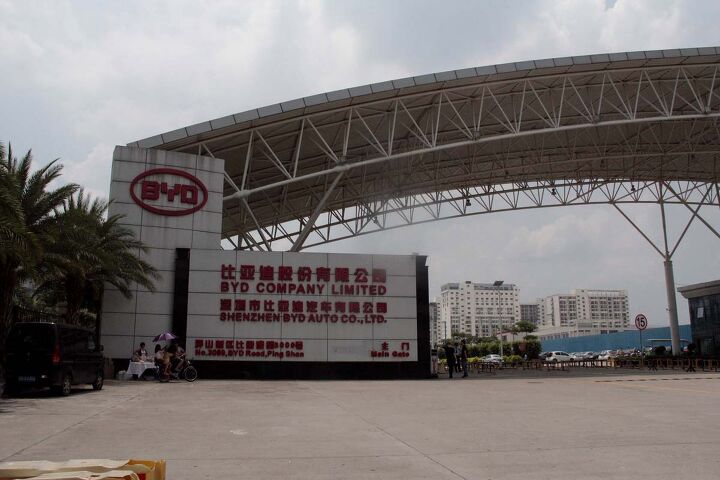
















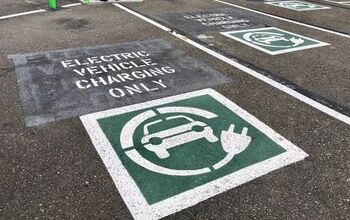

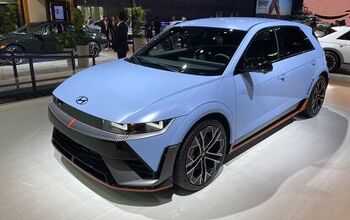
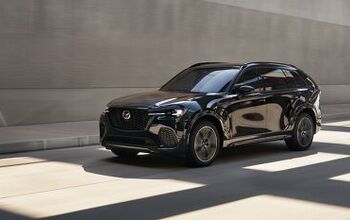
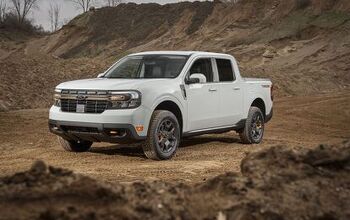
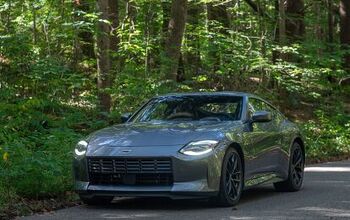
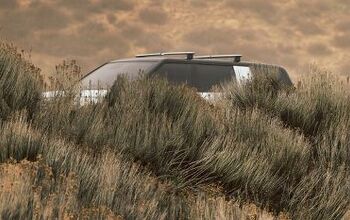
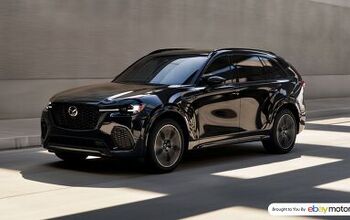
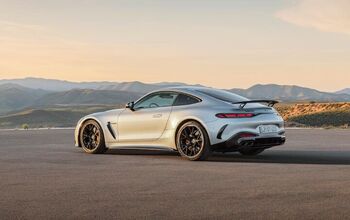

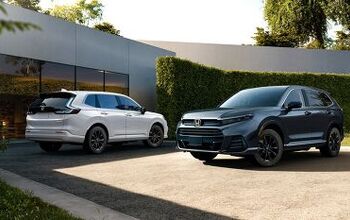
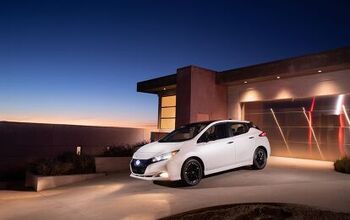
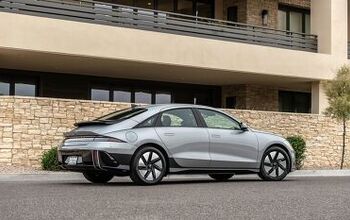
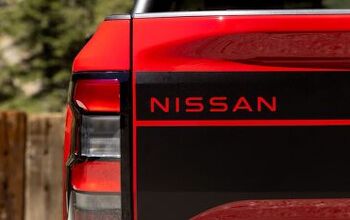

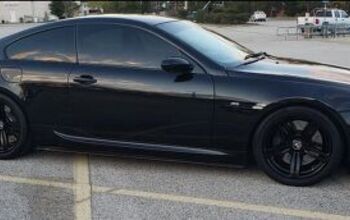
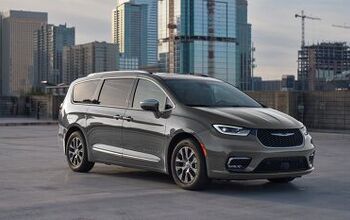
Comments
Join the conversation
Great article. I have an acquaintance who designs high end audio equipment on a consultant basis. The Chinese in Taiwan would routinely change his low noise power supply designs for ones out of a ten year old textbook, despite the fact that the owner of the brand was paying them to make his designs exactly. When confronted, the Taiwanese would argue with him! They knew better than the expert, in their minds. Cost too much. I see hints of that attitude in this story. Sure BYD suffers the presence of Mercedes engineers on their premises, but deep down, they think they know better, and won't listen beyond being polite. Cost too much. So the Denza is likely to be a piece of s**t with very little Mercedes input, and the engineers can go home knowing it was a waste of their time. They will have, at least, fulfilled their side of the contract.
Sure Rohringer hopes it will be extended...notice the happy grin fixed on his face. What's not to be happy about, odors and all, when you are being treated like royalty by doting hosts? He's sure to miss it after it's finally just a memory.